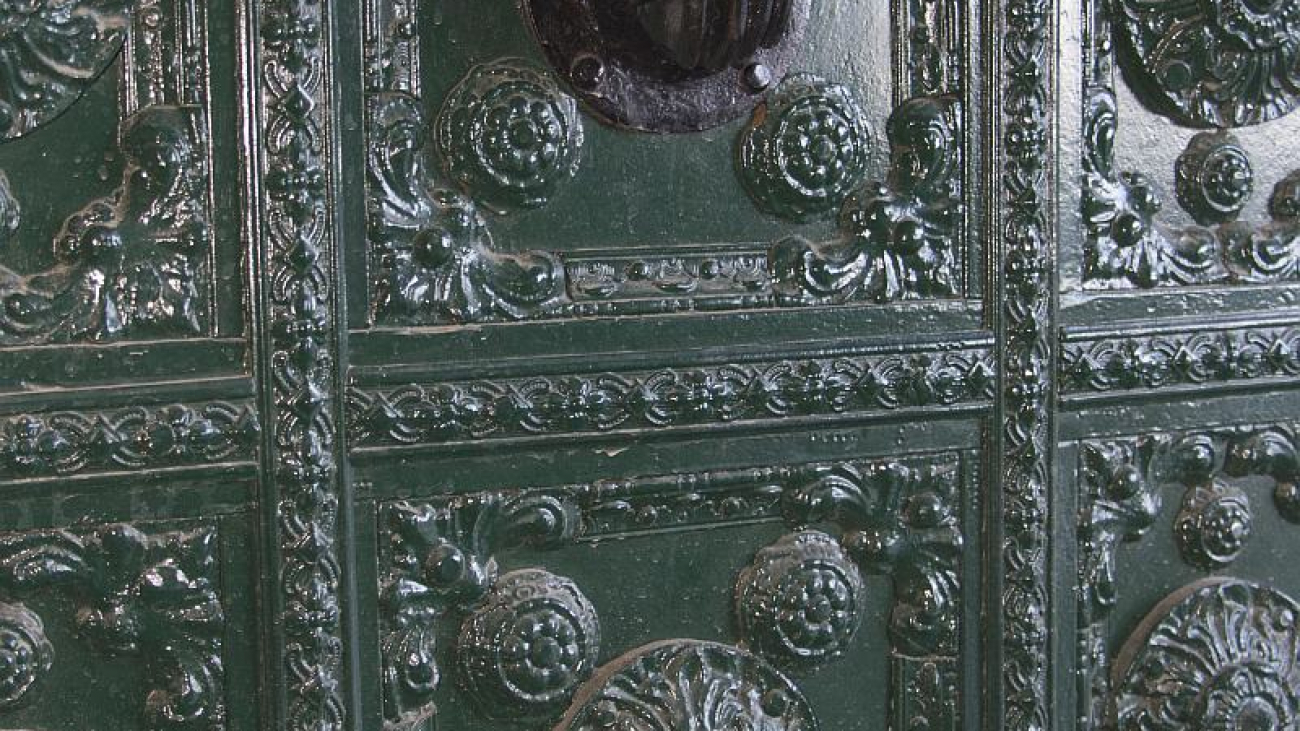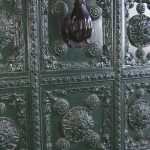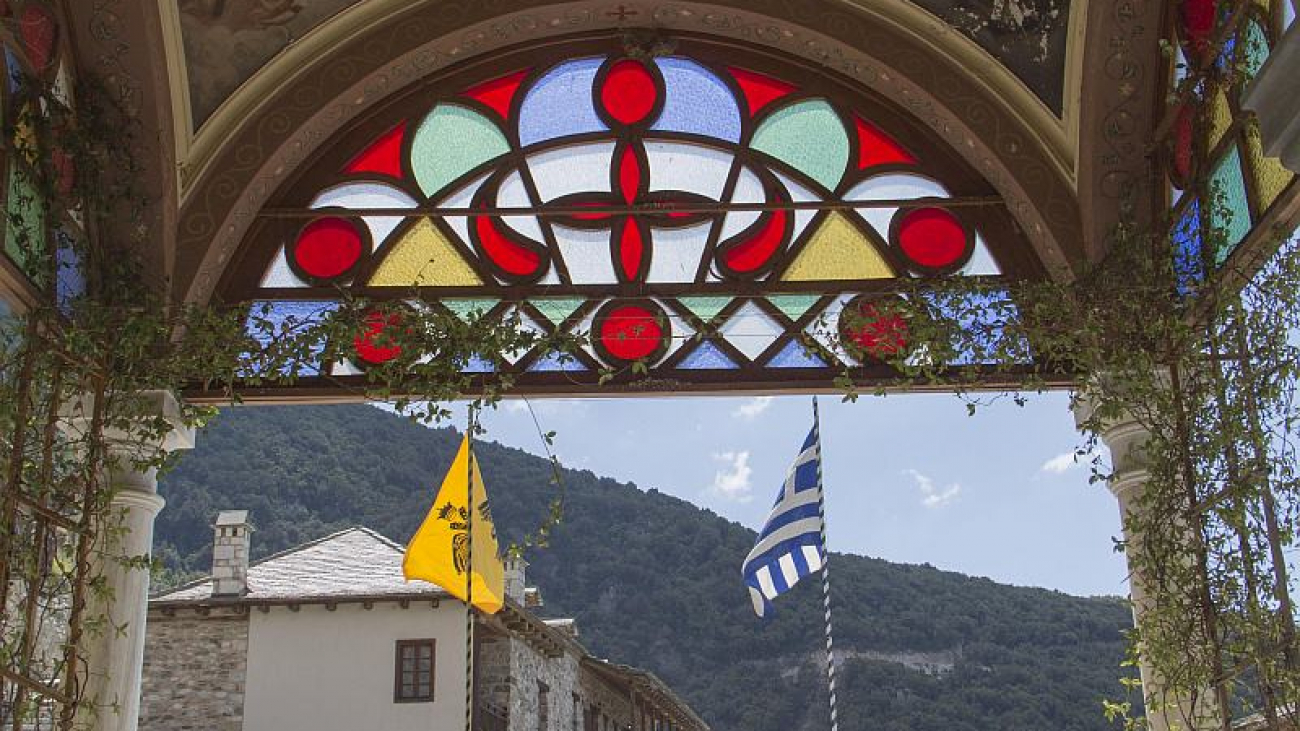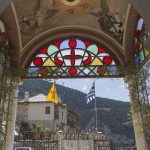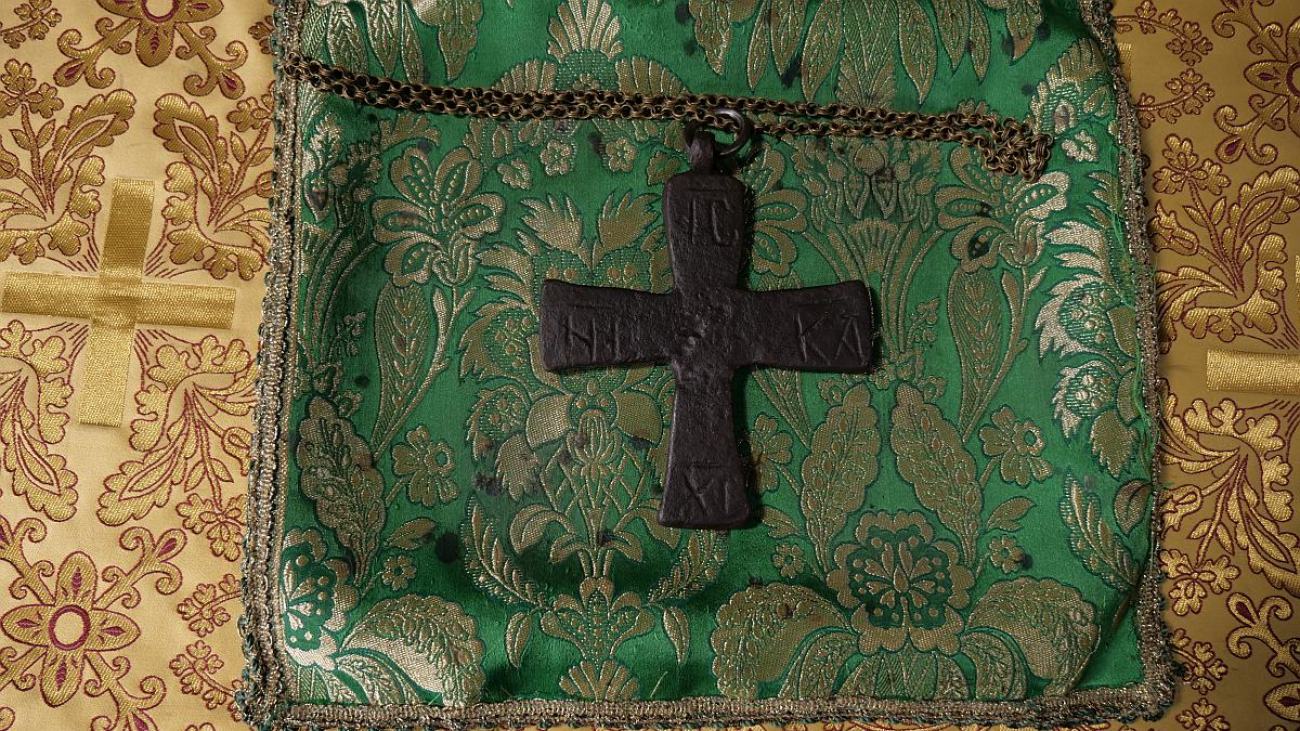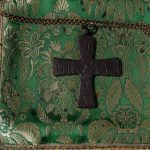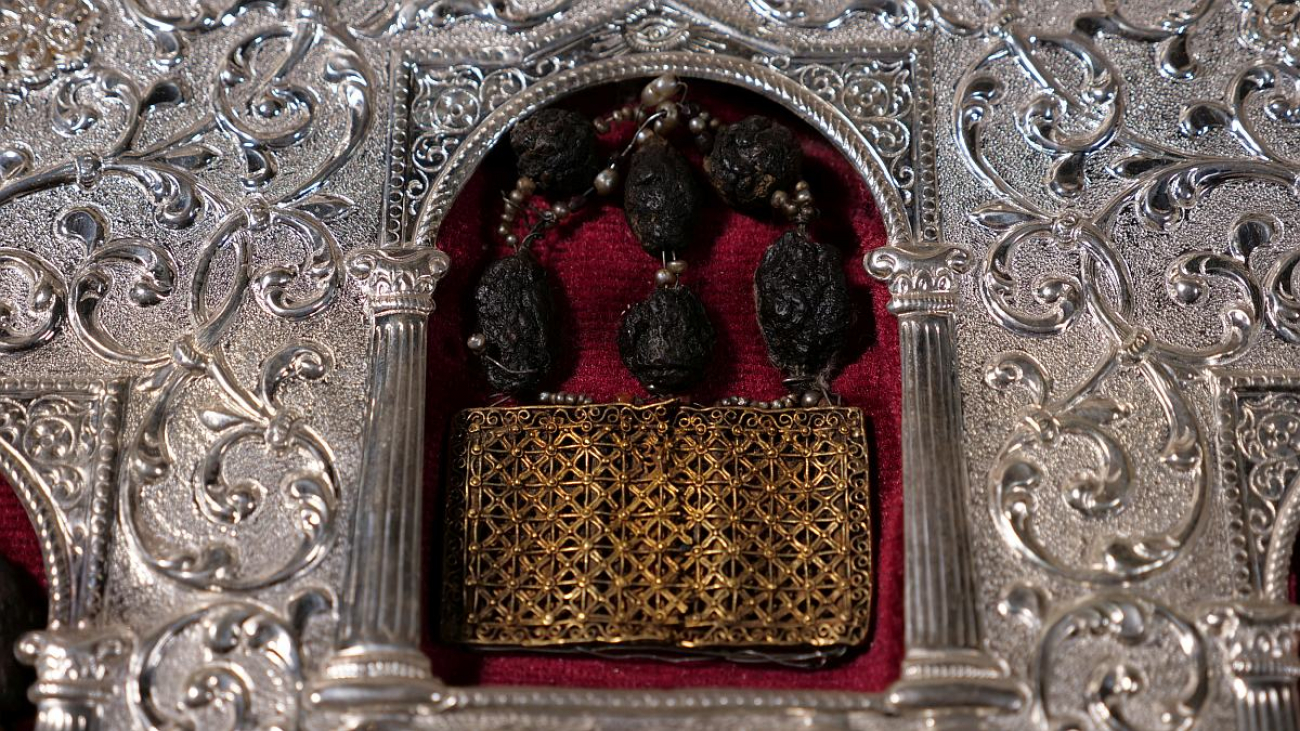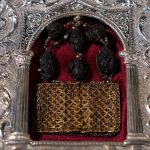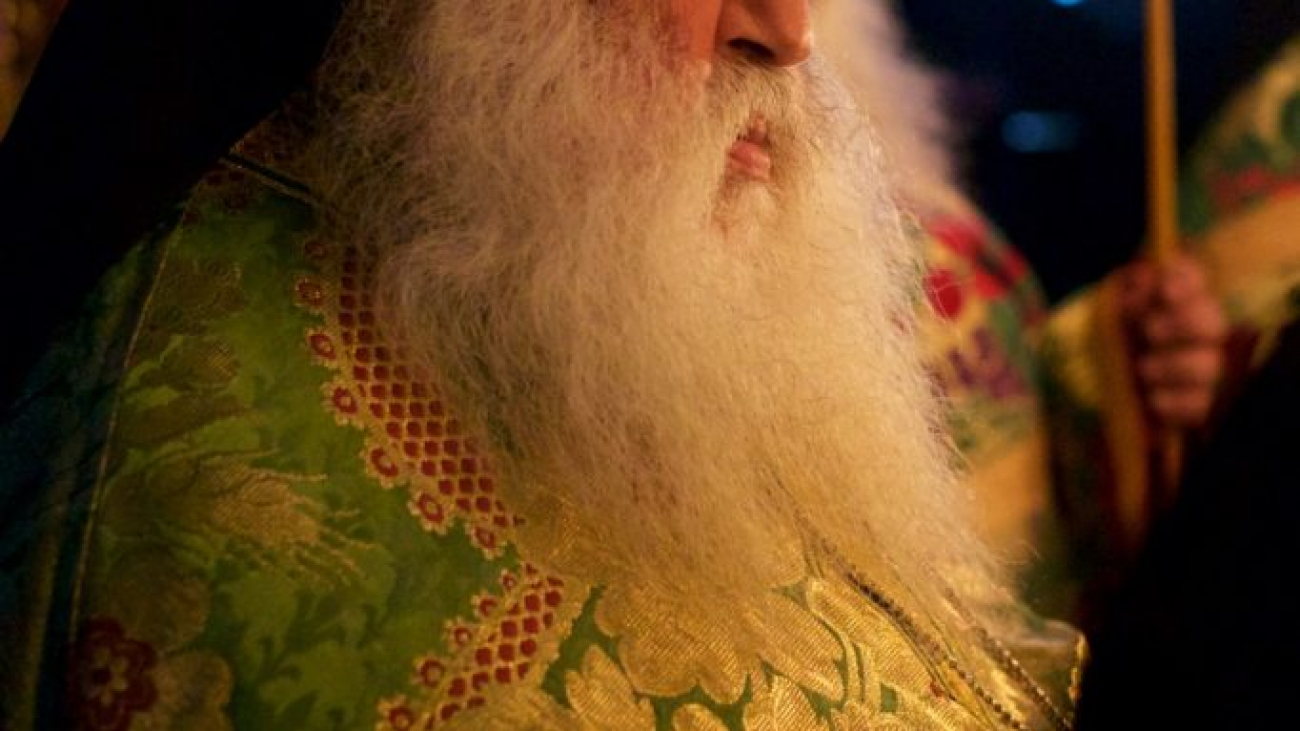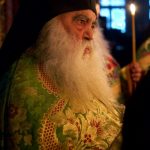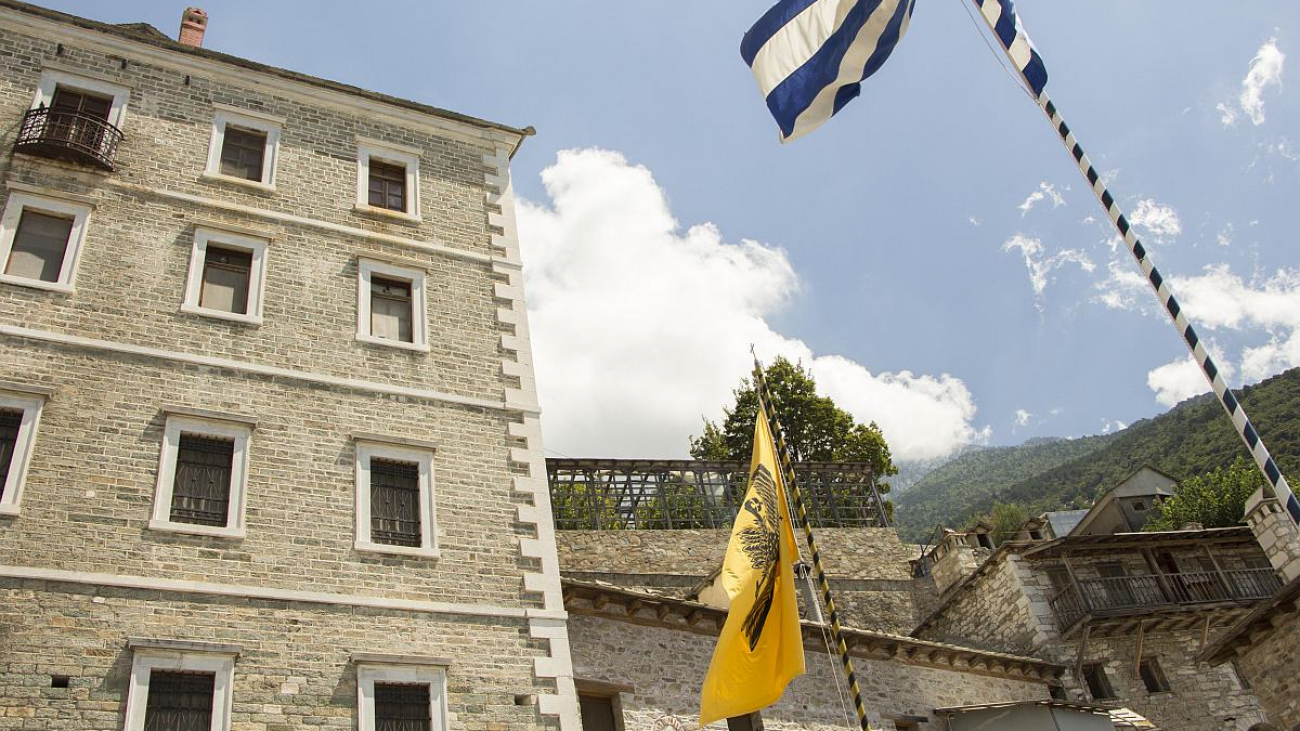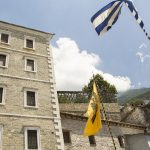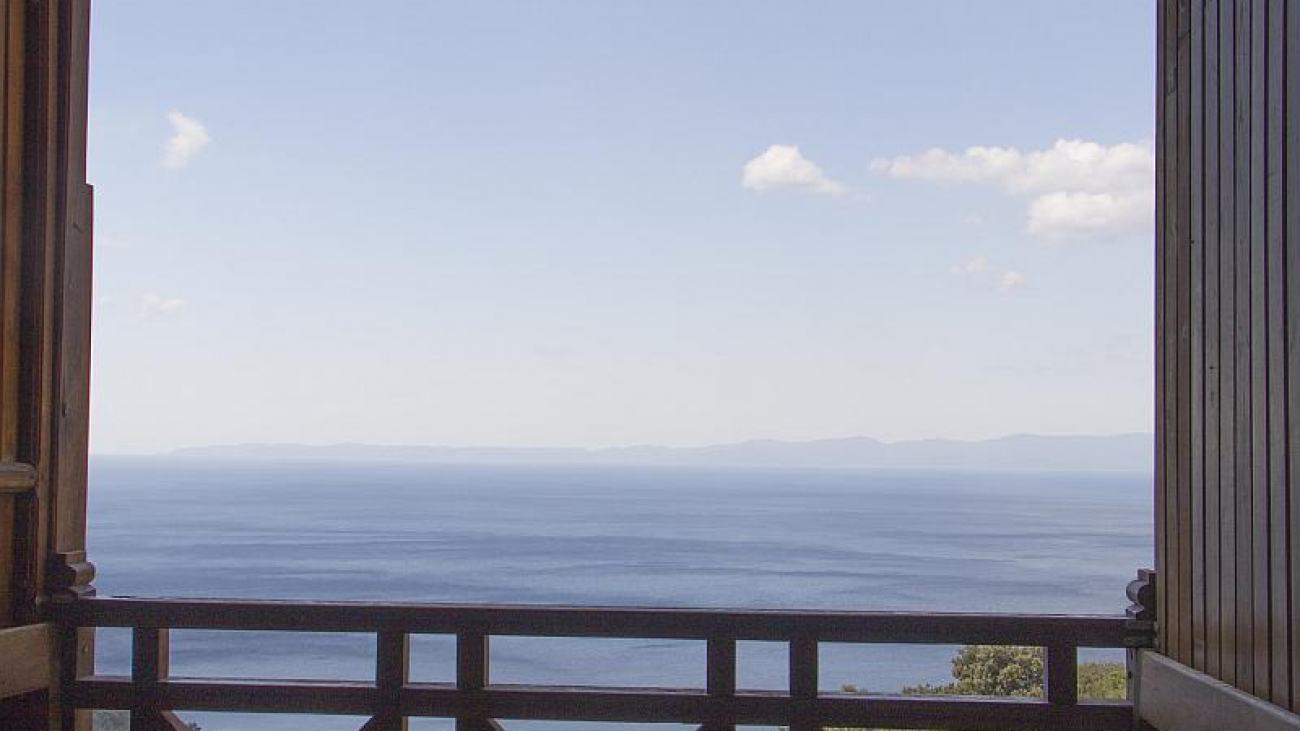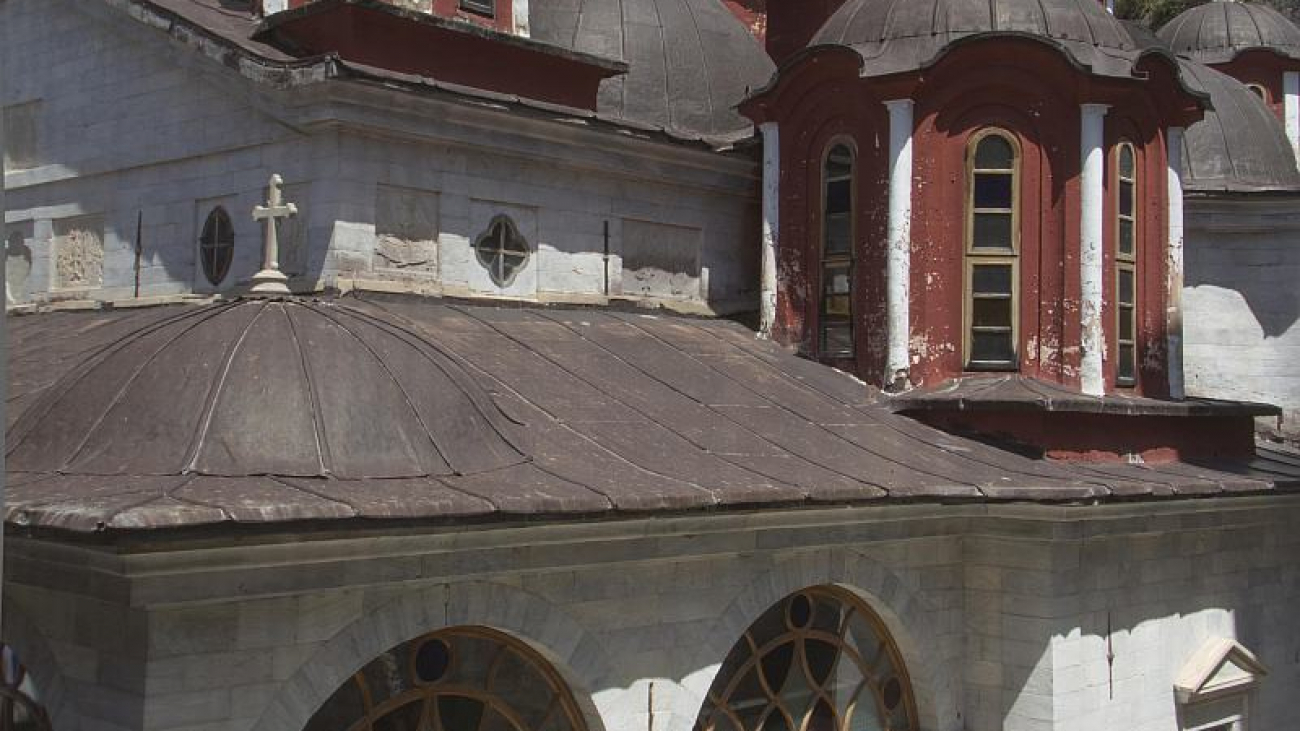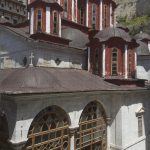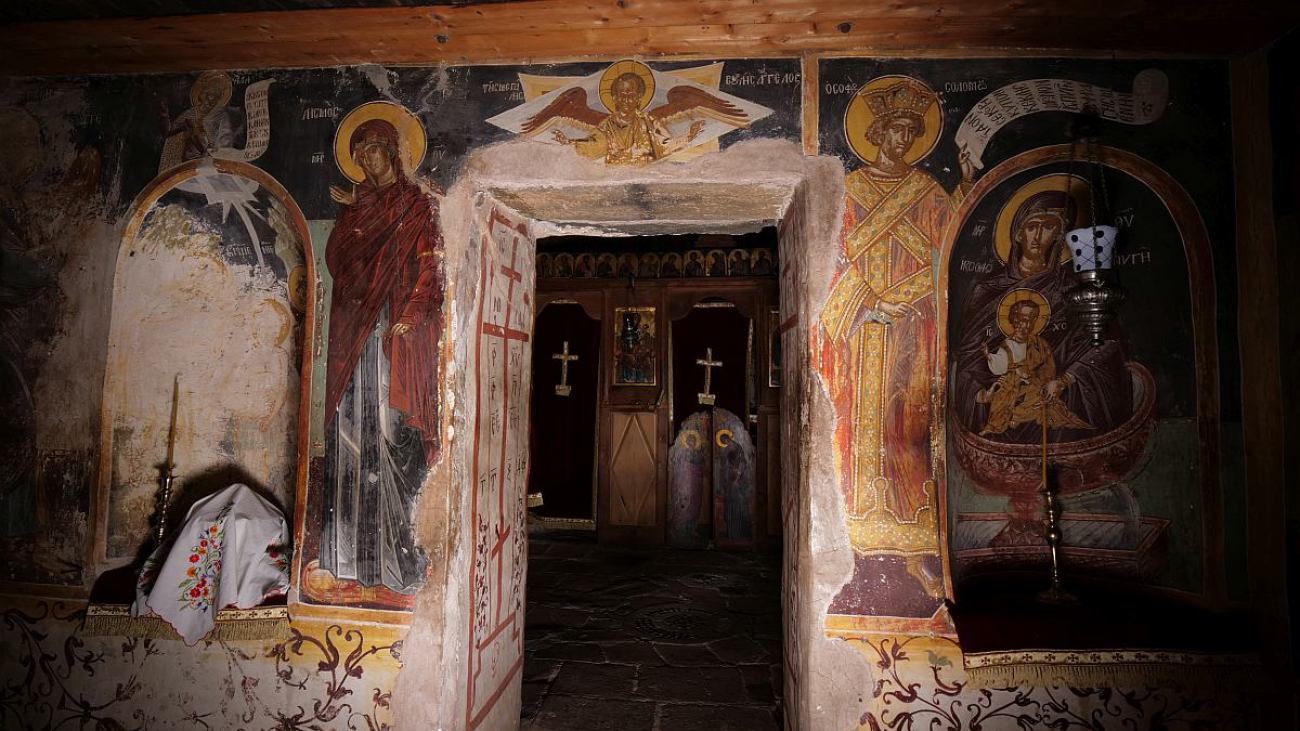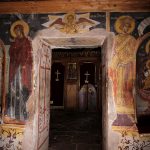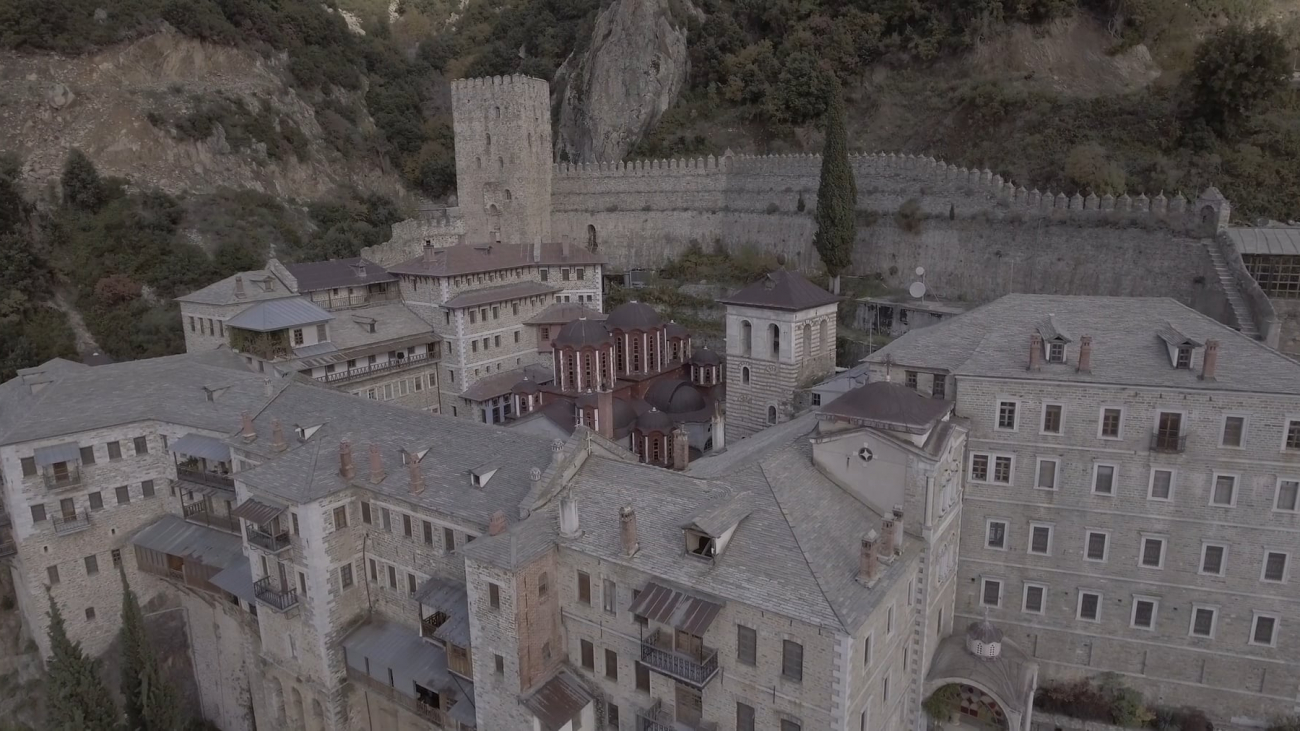The Archives
As do all the Athonite monasteries, the St Pavlo Monastery has a rich collection of archives, which are categorized on the basis of the language of each document. Thus, we refer to the Greek, Ottoman, and Romanian archives. In any case, documents in different languages have crept into each category through the centuries. Thus, in the Romanian and Ottoman archives, you will find a few Greek documents. The archives generally have gaps, despite no damage having been suffered from fires except for that of 1902, in which about 250 Slavic codices were known to have been destroyed.
The Greek archives
The Greek archives are divided into Byzantine, Post-Byzantine, and Recent. The Byzantine archives consist of about 58 folders, each of which contains one document. The 17 Serbian documents of the 15th century are included here, six of which are translations of the corresponding Greek documents. One Romanian and one Ottoman document are also included in this group. For the period from the beginnings of the Monastery until the end of the 15th century, 34 documents have survived – only four of which relate to the first phase of the history of the Monastery – while for the 16th and 17th centuries, there is only one surviving document.
The Post-Byzantine period is divided into twelve folders with a varied number of documents in each. The 18th century is represented by about 50 documents, the overwhelming majority of which are from the second half of that period. Among these are a few which relate to the metochia in Romania.
The Recent archives, which include documents of the 19th and 20th centuries, are organized in 196 large folders and another group of 41 small folders. The full classification of these documents has not yet been completed.
The Ottoman archives
The Ottoman archives contain twenty numbered folders, while five others include both Greek and Ottoman documents. In total, there are about 1,000 Ottoman documents, half of which date from the second half of the 19th century until 1912. It is worth noting that the oldest original Ottoman document within the Athonite peninsula and one of the oldest in the world – dated to 1386 – is included in the Monastery’s archives. There are around seventeen documents from the 15th century, while about 180 date from the 16th. About 200 documents come from the 17th, 18th, and the beginning of the 19th centuries, with the majority of the latter belonging to the last part of that century.
The Romanian archives
The Romanian archives consist of 994 documents, categorized into seven files. Chronologically, the documents are from the 15th-20th centuries, with the largest number – 525 documents – dating to the 19th century, while 100 come from the 17th century, and 357 from the 18th. Among these are a few documents in Greek.
Cataloguing the documents
The classification of the documents in the archives into files had originally been done by the monks and served the immediate needs of the Monastery. However, the reasons for the particular classifications, as well as the logic used for organizing the documents into files, are unknown to the contemporary researcher.
Based on the system of assigning numbers to each document, there is some support for the date of the first categorization of the documents to be set at the beginning of the 19th century, likely in the context of the general renovation of the Monastery by Anthimos Komninos.
A second categorization took place in the 1920s and 1930s when, because of the approproation of lands by the Greek government for distribution to refugees after the Asia Minor catastrophe, the Monastery had lost all its metochia and needed to have an overall picture of its documents.
Finally, in the 1960s, the (then) Librarian Theodosios the Elder organized the documents into folders for the first time, and tried to categorize them using a contemporary cataloguing system.
The cataloguing process for the Ottoman documents was completed in the 1970s by the National Research Institute for Byzantine and Post-Byzantine Documents of the University of Crete, while around the year 2000, a Romanian researcher at the National Research Institute categorized and published the Romanian documents.
There is a wide range of document types, which came from a variety of different sources: The Monastery itself, individual monks, Athonite administrative bodies (e.g. the Holy Community), other monasteries, state or local authorities (Byzantine, Ottoman, Romanian), and private individuals – all are known to have executed or been recipients of documents preserved in the archives. The documents are most concerned with issues of ownership and taxes and loans, while a lesser number are related to political or spiritual issues.
The documents provide insight into the world of the monks: Their daily lives, the problems regarding survival which they had to face, and how they resolved them. Despite the gaps, the long chronological extent of the archives from the 11th century to the early 20th century creates a feeling of continuity. While reflecting the changes in the conditions of the Monastery, the documents also bring the alternating phases of political control of the region of Macedonia during each era – and their consequences – back to life.

